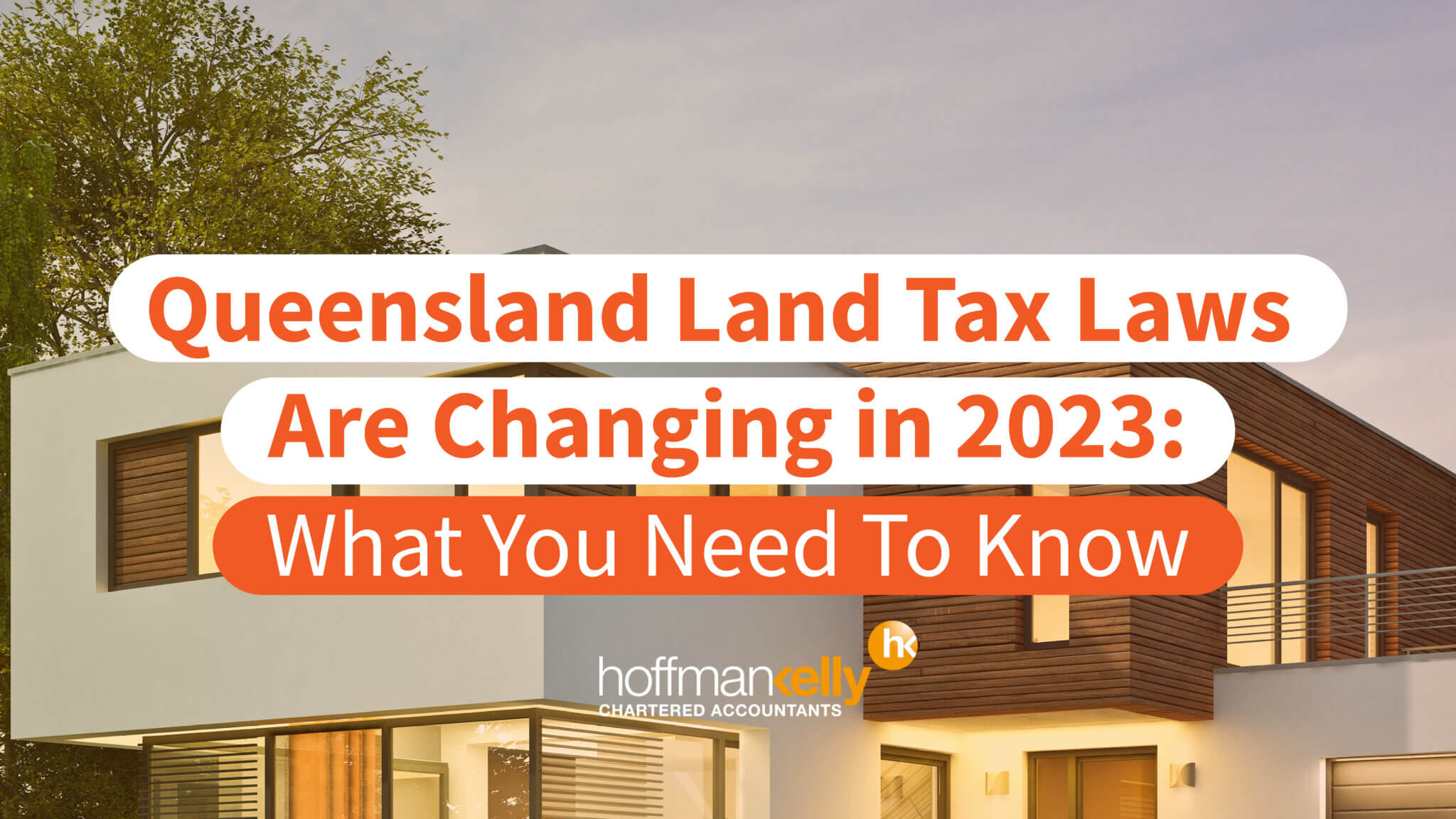Queensland Land Tax Laws Are Changing in 2023: What You Need To Know
Property and land have long been one of the most valuable assets and investment options for many Australians. The property boom might have a lot of landowners considering what to do next with their land and taxes are always an important consideration. Therefore these changes are expected to have an impact on landholdings in future.
The current situation
As it currently stands, Queensland property owners are only assessed on the value of all non-exempt land that is held in Queensland. For example, if a person holds land in Queensland but also in another state, the other land is not relevant to your Queensland land tax assessment. For Queensland landowners, the tax-free threshold is currently $600,000 for individuals, and $350,000 for companies, trustees, and absentees.
The Changes
Beginning 30 June 2023, all land owned in any state of Australia will be taken into account for a landowner’s Queensland land tax assessment.
What this means for property investors is that their interstate assets may soon push them into paying land tax for the first time or into a different tax bracket than they might’ve previously anticipated. For those that only own land in Queensland, this will have no impact at all. However, if you own land in other states or territories, you will now be required to declare your interstate holdings.
The Calculation
What does this mean for you? If you own land in Queensland as well as other states or territories, a new calculation will be required:
- Work the proportion of your Queensland taxable land out of your total value of all Australian taxable land
- Calculate the land tax on this collective value as though all property were in Queensland
- Multiply the Queensland proportion by the tax that would be owed if all land were in Queensland
An Example
Let’s say, under the new rules, Bluerock Pty Ltd has:
A Queensland property valued at $750,000
A Victorian property valued at $2,000,000
- So the total value of these properties would be $2,750,000. And the Queensland proportion is 27.272% ($750,000 / $2,750,000)
- Total land tax payable on $2,750,000 would be $41,250.
- The total land tax owing in Queensland would be $11,250
($750,000/$2,750,000) x $41,250.00 = $11,250).
How does this compare?
Under the old rules, that same company would expect to pay $8,250.00, meaning the new rules increase the land tax by $3,000.
In the lead-up to the end of the 2023 financial year, it is important for any Queensland landholders to assess their holdings and understand the changes taking place under the Land Tax Act 2010 (QLD) as the land tax bill for land held on 30 June 2023 could be significantly higher than previously expected.
Finally, Queensland landholders should also understand what is required of them when it comes to declaring the property to the Queensland Revenue Office to avoid any penalties, as the onus is on the landholder to report their interstate landholdings to the revenue office and needs to be done by either 31 October 2023 or within 30 days of receiving the 2023 land tax assessment notice (whichever is earlier).
Get in touch
Make sure to reach out to your Hoffman Kelly advisor if these changes affect you or if you’re unsure.

